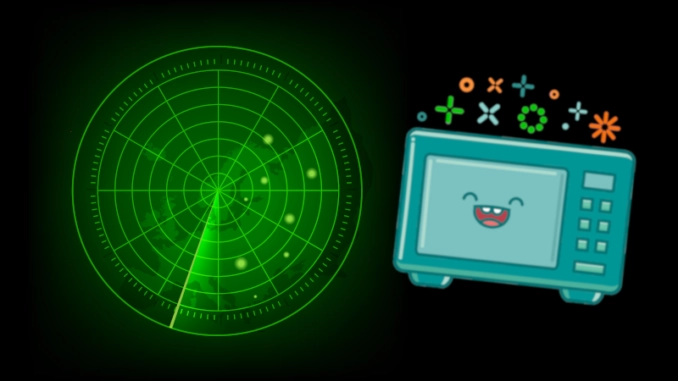
Did you know that the microwave was invented thanks to radar?
The microwave oven is now present in most kitchens in so-called industrialised countries. It is estimated that there are between 200 and 300 million of them in use worldwide. A look back at the success story of an object that now plays an essential role in our way of life.
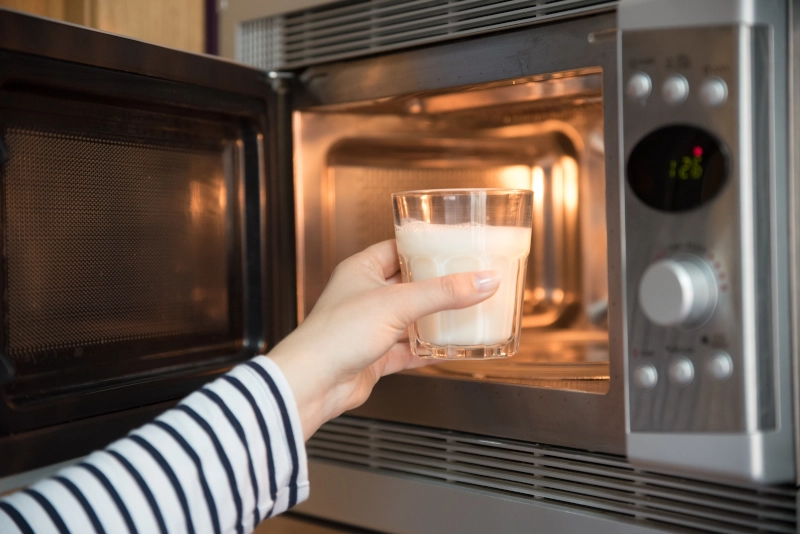
Tomorrow, the names of Mark Zuckerberg and Elon Musk will remain etched in our memories. Whereas today, the name Percy Spencer is virtually unknown to almost everyone. And yet, this American engineer deserves posterity for two reasons: not only did he contribute to the victory of the Allies against Hitler’s troops, but also to the creation of the microwave in the 1970s. Indeed, Percy Spencer, who was an employee of the Raytheon company, first discovered how to industrialise an important invention for the armed forces: radar. And it was by continuing this research that he gave birth to the microwave oven a few years later.
A US Navy medal for the invention of the microwave. Who would have believed it?
The story of the invention of the microwave oven is therefore the story of Percy Lebaron Spencer’s fabulous destiny. But nothing predestined this man to have a brilliant career as an engineer. Orphaned at eighteen months old and raised by a very poor uncle, he left school at twelve years old to work in a factory as a machinist.
The arrival of electricity, then the success of the telegraph in his village in Maine changed his life. Fascinated by these two technologies, he applied to supervise the electrification of a factory, then joined the navy as a telegrapher, spending all his nights training himself, alone, with books, in the latest innovations of the time.
Demobilised in 1918, Percy Spencer was spotted a few years later by Raytheon, a young company from the Massachusetts Institute of Technology (MIT) specialised in electronic tubes. When the United States entered the war, it was this company that won a top-secret contract to industrialise an invention developed by British researchers: radar, a tool that would prove to be essential for locating enemy planes and ships, those of the Reich.

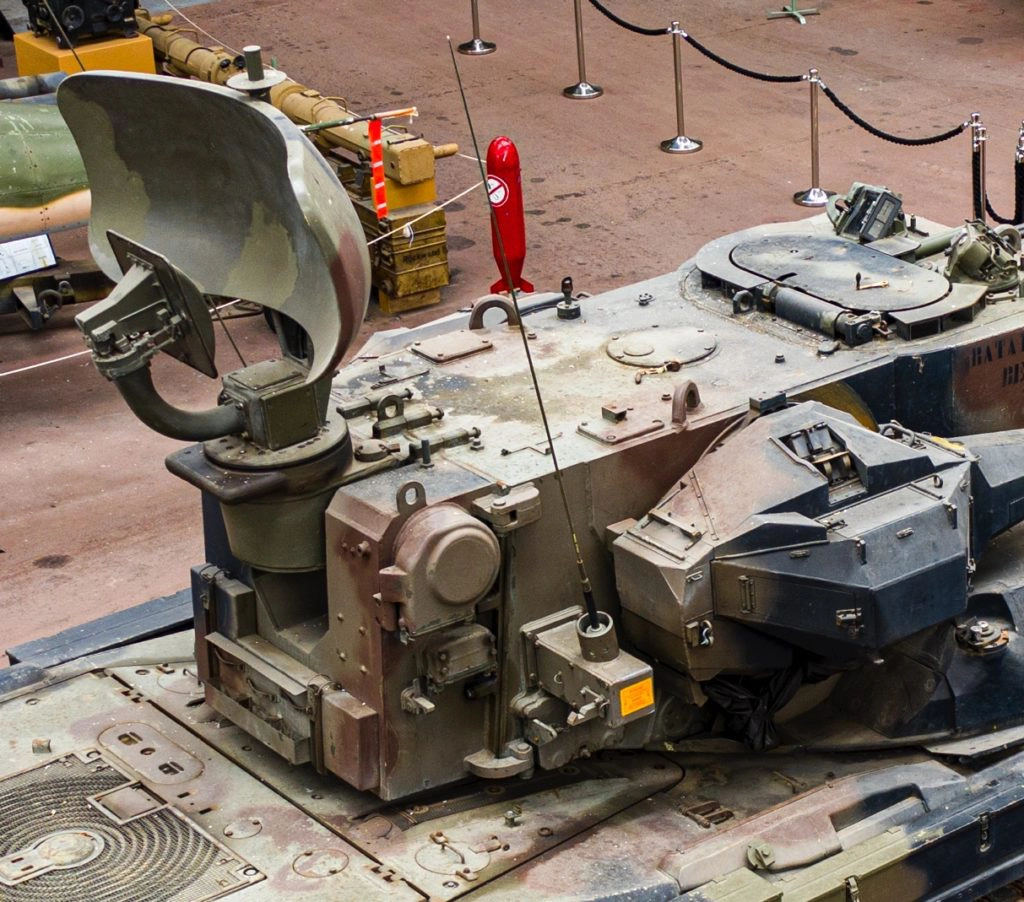
This is how Percy Spencer found himself in 1945 working on a magnetron tube, a device that converts electrical energy into electromagnetic energy in the form of microwaves. His mission was to simplify the manufacture of this element in order to increase the production of radars for the soldiers. Thanks to this innovation, the production of magnetrons will increase from 17 pieces per week to 2,600 per day. During the war, Raytheon will supply 80% of the radars used by the Allies, enough for the group to become a defence giant and to earn Percy Spencer a US Navy medal.
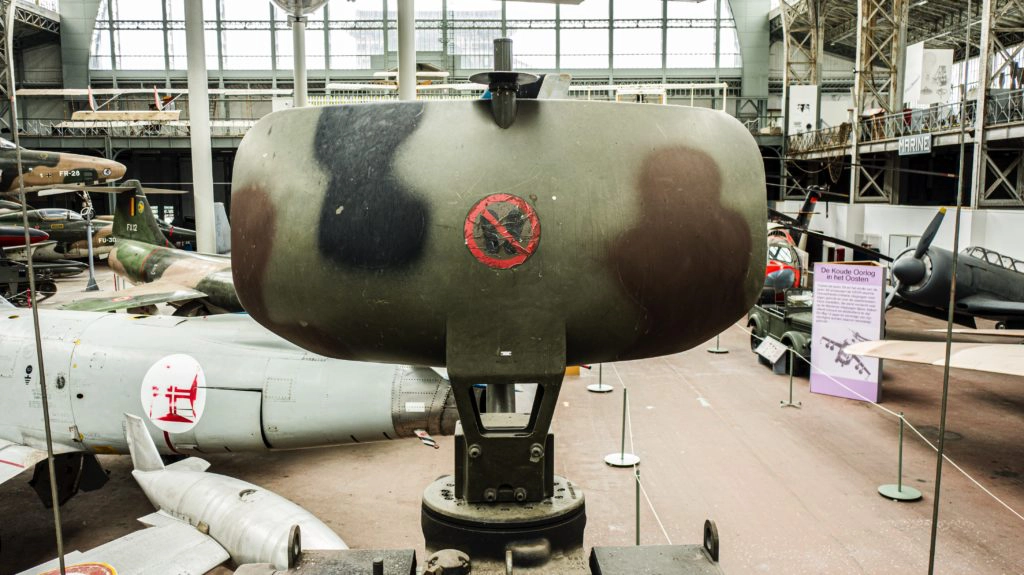
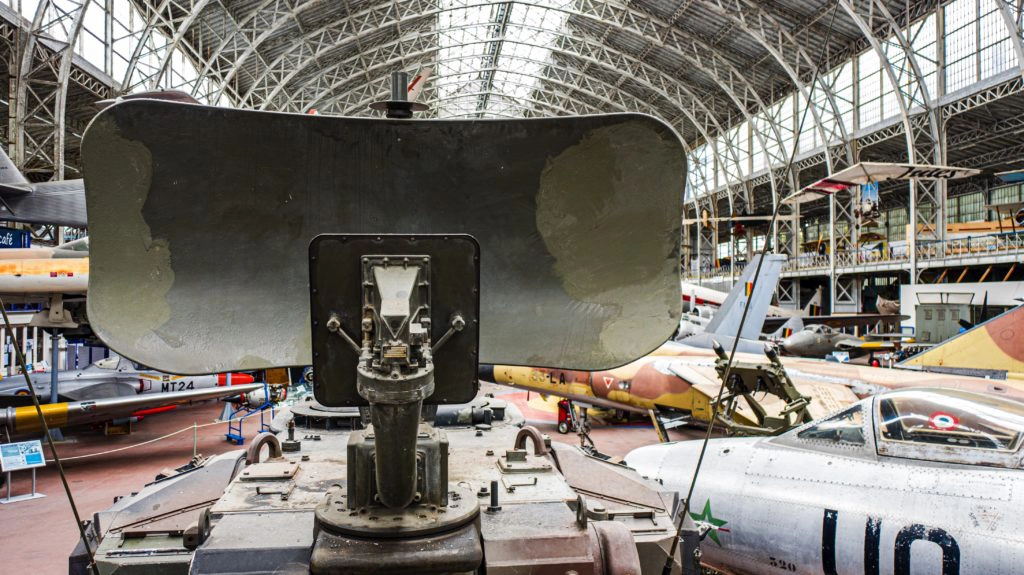
Chocolate, popcorn and eggs
With the return of peace, the demand for military equipment fell sharply, threatening Raytheon’s economic equilibrium. Percy Spencer then shows his incredible inventiveness. It is a bar of chocolate that he will find melted in his pocket, while he operates a magnetron tube, which will take him to further research. Intrigued, he repeats the experiment with corn kernels.


After getting some popcorn, he decides to place an egg in a jar with an opening in front of the magnetron tube. The egg bursts. He then notes that the inside of the jar has heated faster than the outside and gets into the habit of using a magnetron to heat his lunch.
Several scientists had already discovered the heating properties of microwaves. But it was Percy Spencer who first imagined using them to cook food.

When you start from nothing, and you end up as an inventor with more than 150 patents filed!
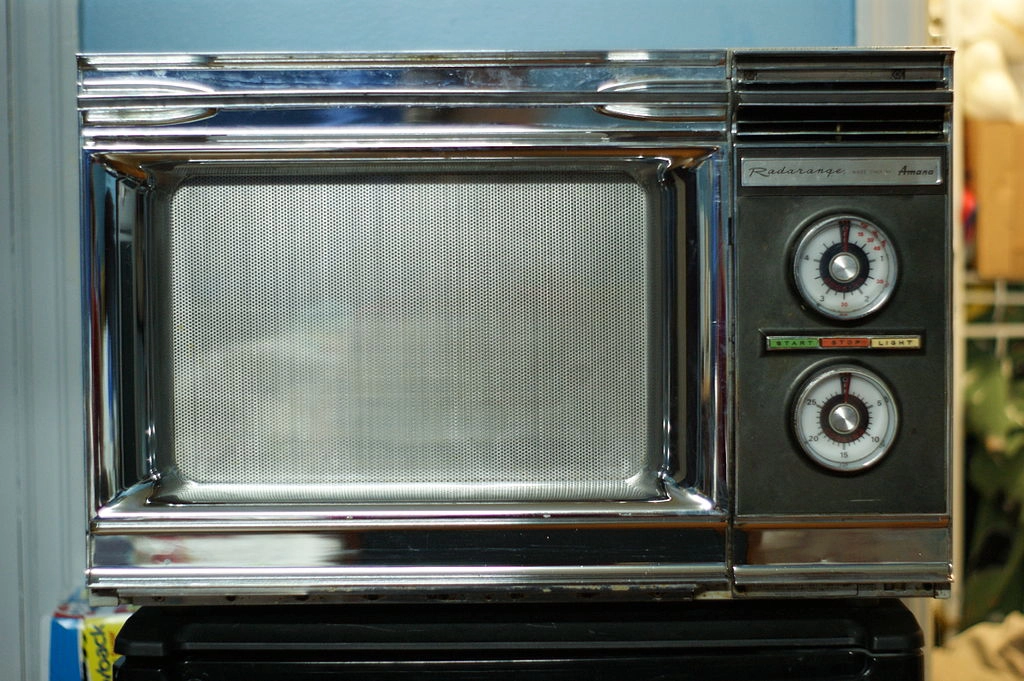
At the end of 1945, the engineer filed the first patent for a microwave oven, which Raytheon began to produce in 1947 under the name “Radar Range”. However, with a height of 1 m and a weight of almost 320 kg, this oven, which was far too expensive at the time (3,000 dollars), met with very little success.
It wasn’t until 1967, two years after buying Amana Refrigeration, an appliance manufacturer, that Raytheon launched a domestic microwave oven, at $500 this time, which gradually made its way into American households.
In 1971, the Food and Drug Administration imposed standards on manufacturers and, for the first time in 1975, sales of microwaves surpassed those of gas ovens, before conquering the entire planet during the following decade.
Percy Spencer did not have time to realize the success of his invention. The self-taught engineer died in 1970, at the age of 76, but with more than 150 patents to his credit. After his death, however, he was awarded an honorary doctorate by the University of Massachusetts. He was inducted into the National Inventors Hall of Fame (USA) in 1999.
Want to know more ?
Listen to us on your favorite radio!




